While some of the most venomous and dangerous insects live across the globe in places like Australia, our own backyard in the United States can host some truly dangerous bugs. These are the 18 most dangerous insects that could be lurking in or around our homes.
Deer Tick
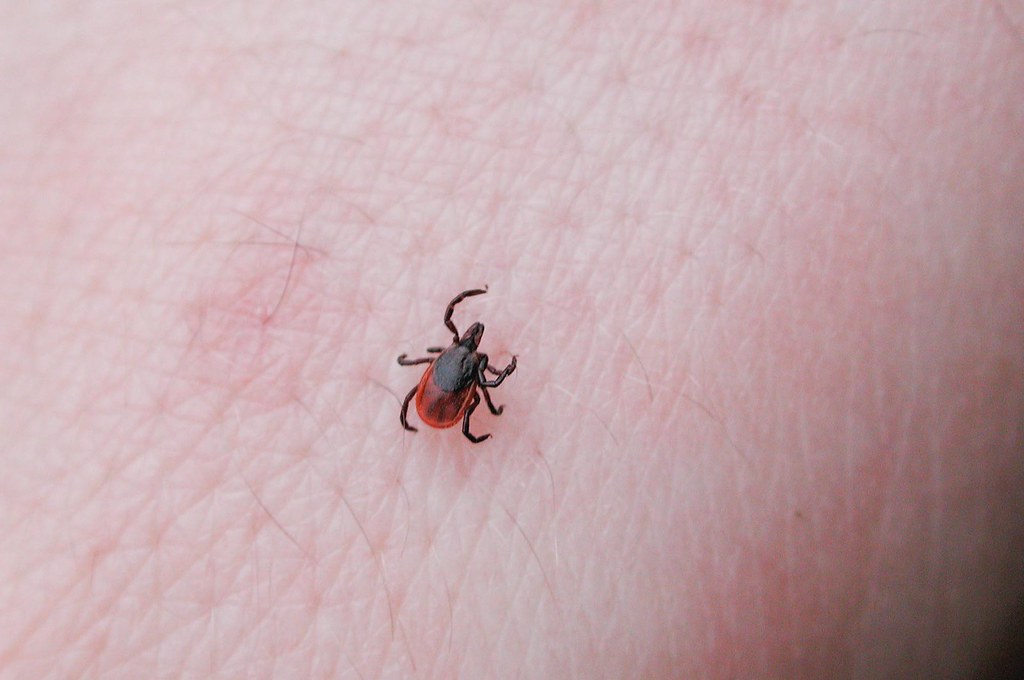
Ticks are some of the worst insects you can encounter, and the deer tick is one of the most common. Deer ticks are known to carry Lyme disease and are found in wooded areas and tall grasses in the northeastern and northcentral parts of the country. Lyme disease spreads through the tick’s bite and can only be cured early. It can affect the joints, heart, and nervous system if left untreated.
Kissing Bug
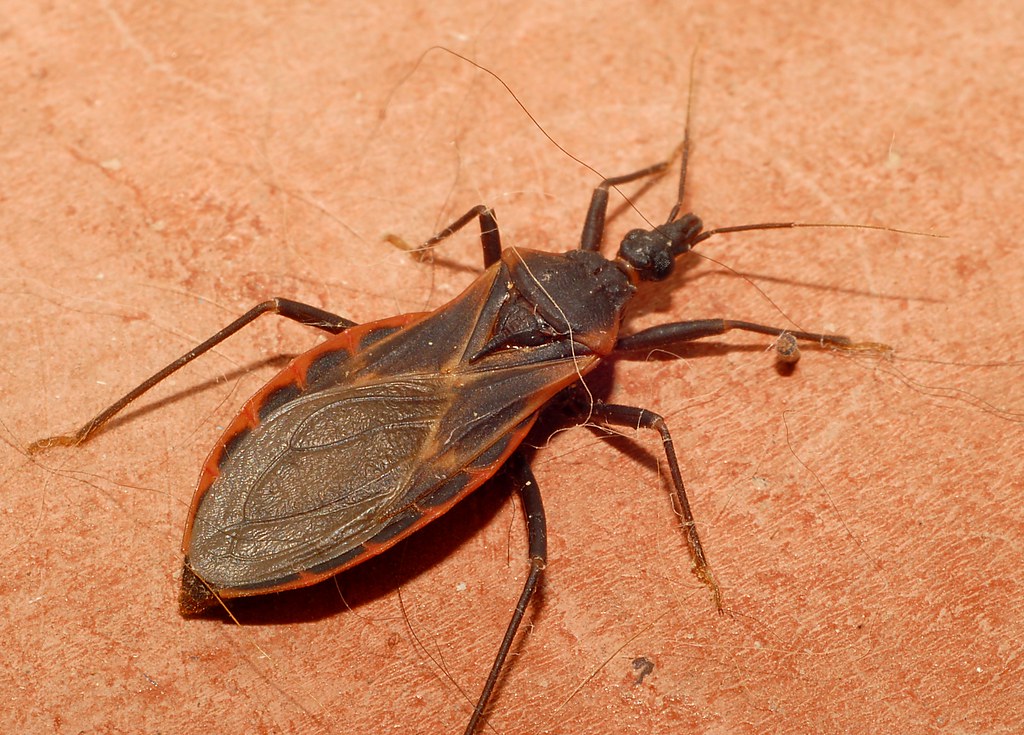
These insects are disturbingly called “kissing bugs” because they tend to bite around the lips and face. This can lead to Chagas disease, which is a terrifying parasitic infection that can be life-threatening. If left untreated, chronic infection can cause fatal heart and digestive issues. The southern United States has the most cases reported. They are part of the assassin bug family, and other varieties of these insects behave similarly and can spread disease.
Human Botfly
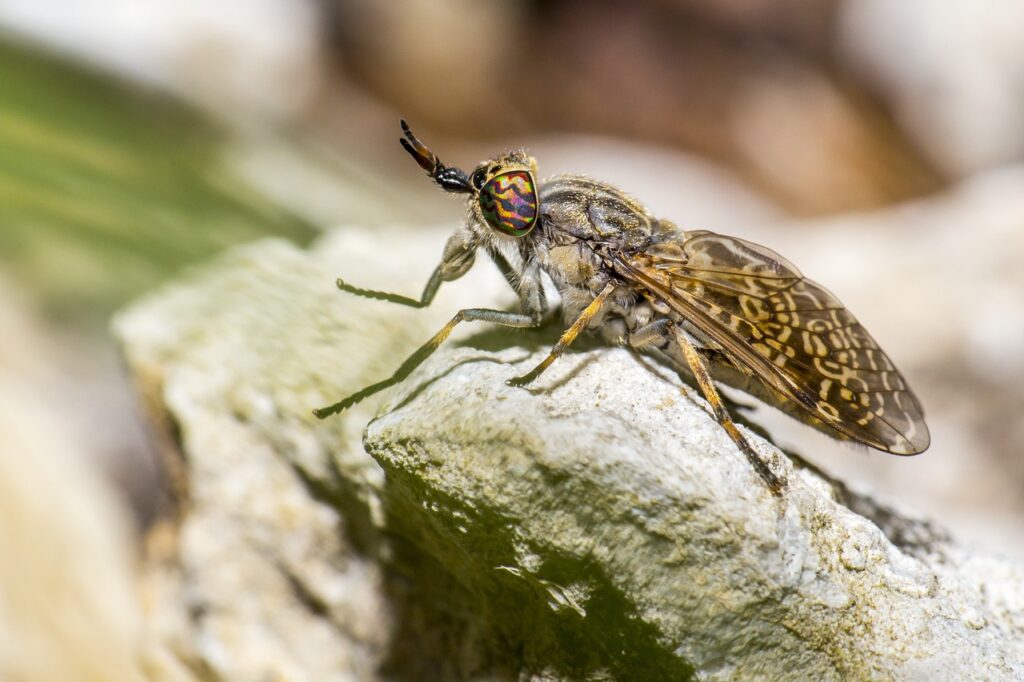
These nasty little buggers are most dangerous because if their eggs come in contact with humans, the larvae will burrow inside the skin and later “erupt” in a painful sore. And the eggs aren’t just delivered by the botfly itself — human botflies will actually trap mosquitoes to attach eggs that will later come into contact with the mosquito’s next meal (maybe you?).
Tarantula Hawk
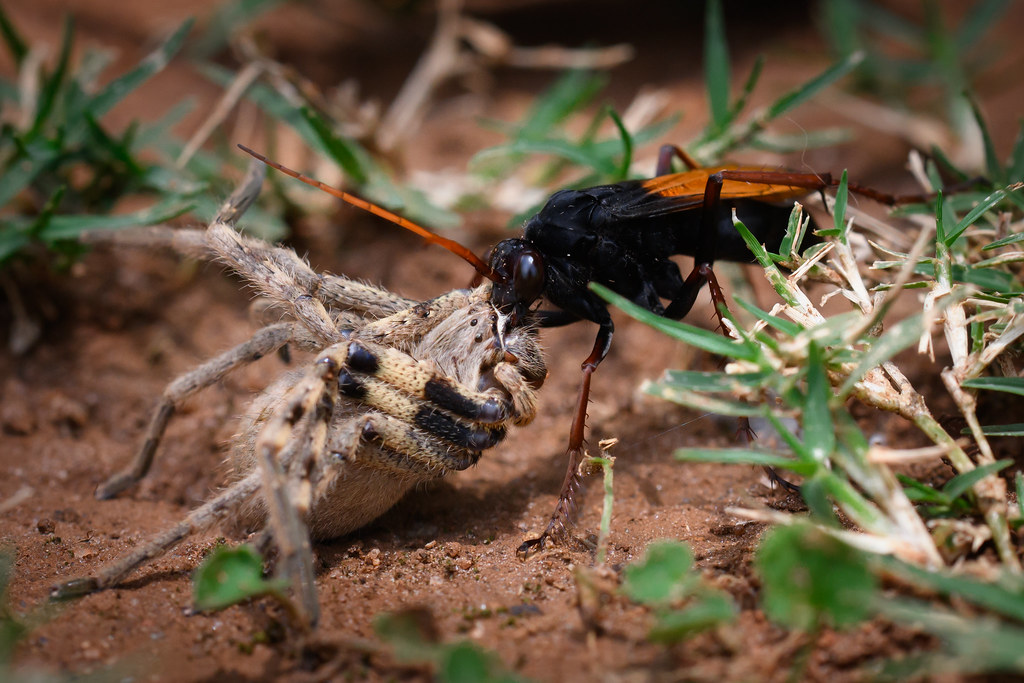
Found on every continent except Europe and Antarctica, the tarantula hawk has one of the most painful stings in the insect world. While they do prefer to live up to their names and hunt tarantulas rather than humans, there are cases of people getting stung. They can grow up to 2.5 inches long, making them some of the biggest wasps in the world.
Red Imported Fire Ant
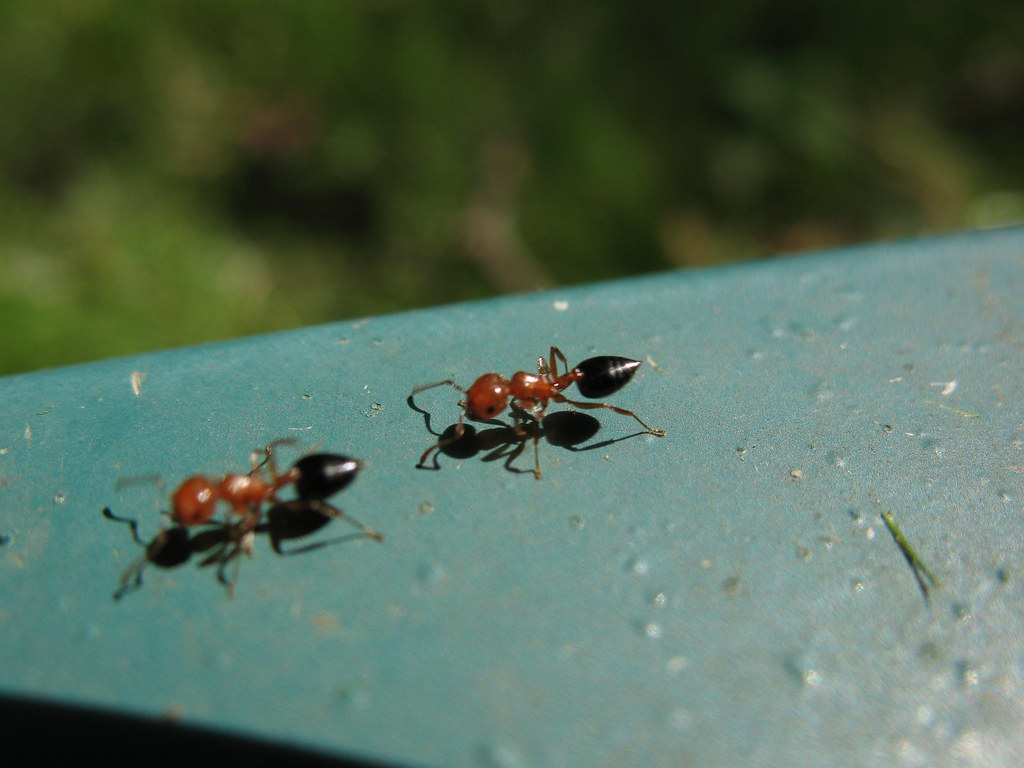
Another insect that can deliver a powerful and painful sting is the red imported fire ant. This invasive species originated in South America but has spread to Australia, New Zealand, Europe, parts of Asia, and, of course, the United States. These ants love urban areas and cause billions of dollars in damage every year — they love to nest under pavement and foundations, which can cause structural problems.
Bed Bug
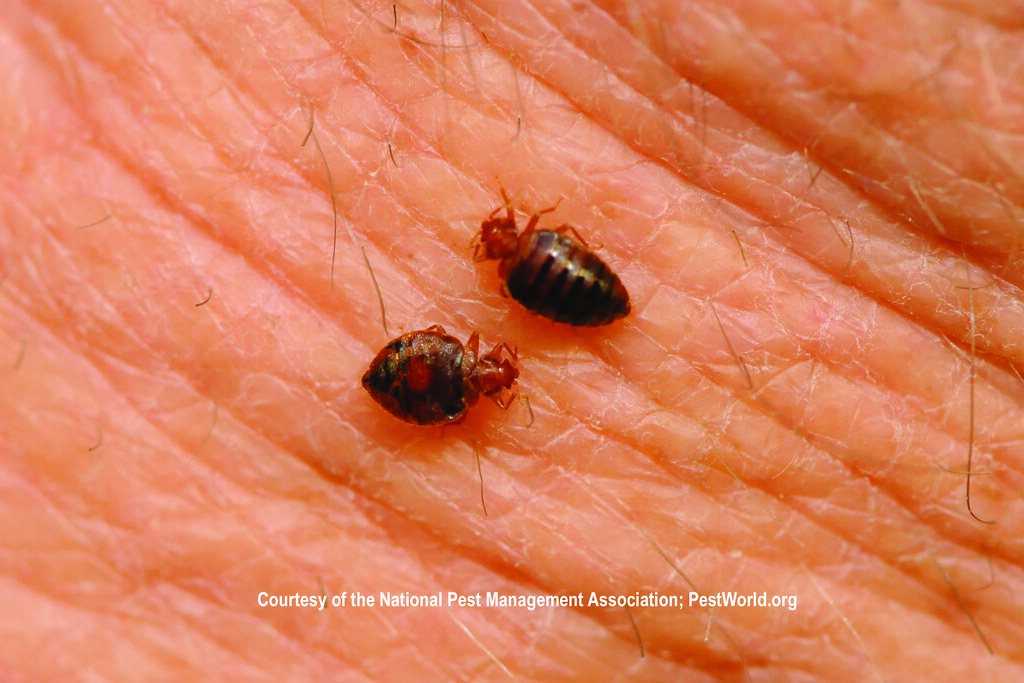
The dreaded bed bug. While they aren’t known for disease transmission, their bites can cause allergic reactions — some severe. And the stress of a bed bug infection is one of the worst a person can deal with. They are very good at spreading and hiding, making them a true nightmare to remove from homes. Anyone who has ever dealt with a bed bug infestation knows exactly how awful they are.
Western Black Widow Spider
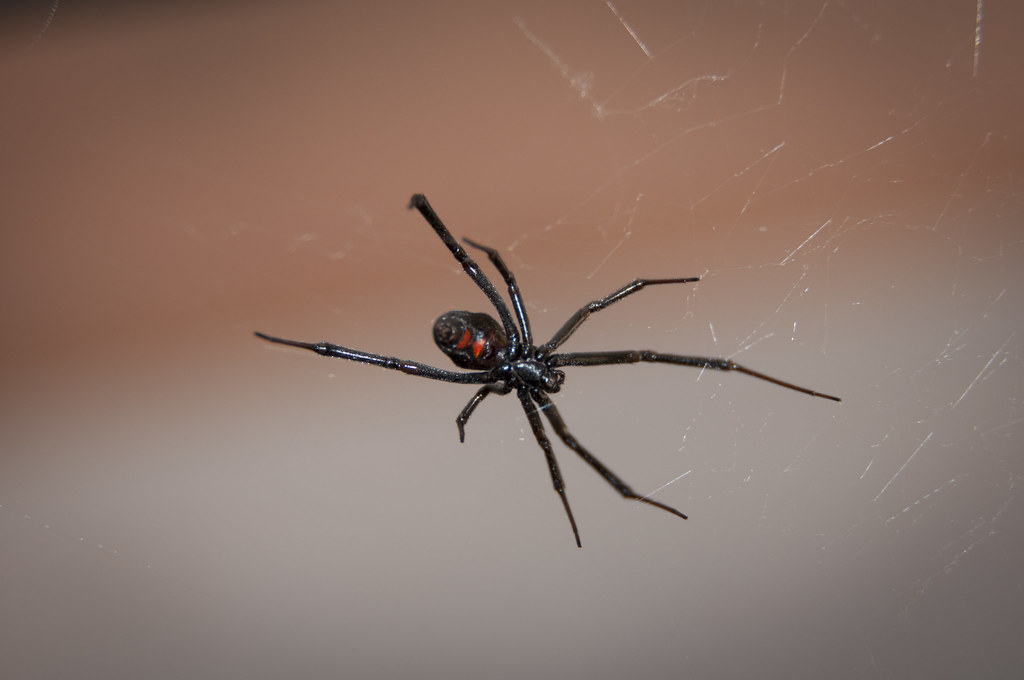
Easily the most recognizable venomous spiders in the country, the black widow spider is best known for its vivid red hourglass marking. Deaths from black widow spiders are rare, but the bite can cause severe pain and muscle spasms. They thrive in dark, secluded areas like woodpiles and sheds — the kinds of places that humans don’t visit often, but tend to disturb when they do.
Paper Wasp
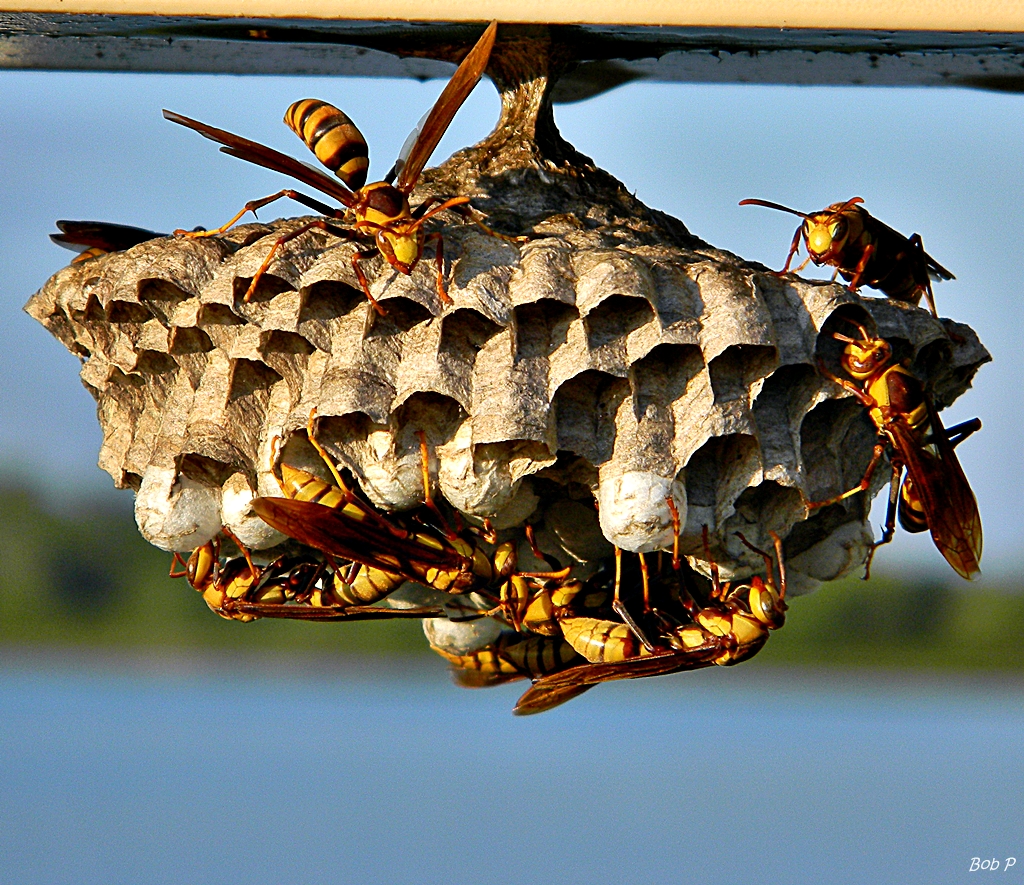
Found all over the United States, paper wasps will deliver a painful sting when provoked. They can be extremely aggressive when protecting their distinctive open comb nests, which have a “paper” quality to their look (hence the name). They like building their nests in sheltered areas, from trees to the eaves of a house. While their sting isn’t deadly in itself, it can cause anaphylactic reactions in some people, leading to death.
Brown Recluse
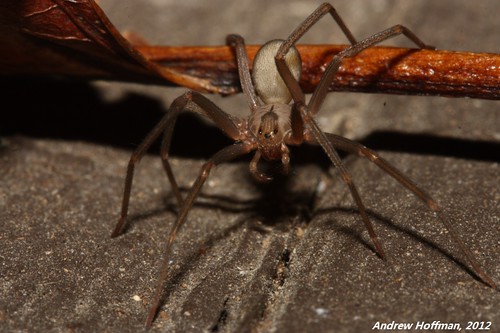
Another notorious spider commonly found in America is the brown recluse. As you are probably aware, the bite of a brown recluse can cause tissue necrosis, meaning that the skin around the bite actually dies. While rarely aggressive, brown recluse spiders love getting inside of homes to hide in closets and other dark places — like shoes. In fact, most bites are caused by the spider being pressed up against someone’s skin because they were hiding in an article of clothing or footwear. Terrifying!
Yellow Jacket
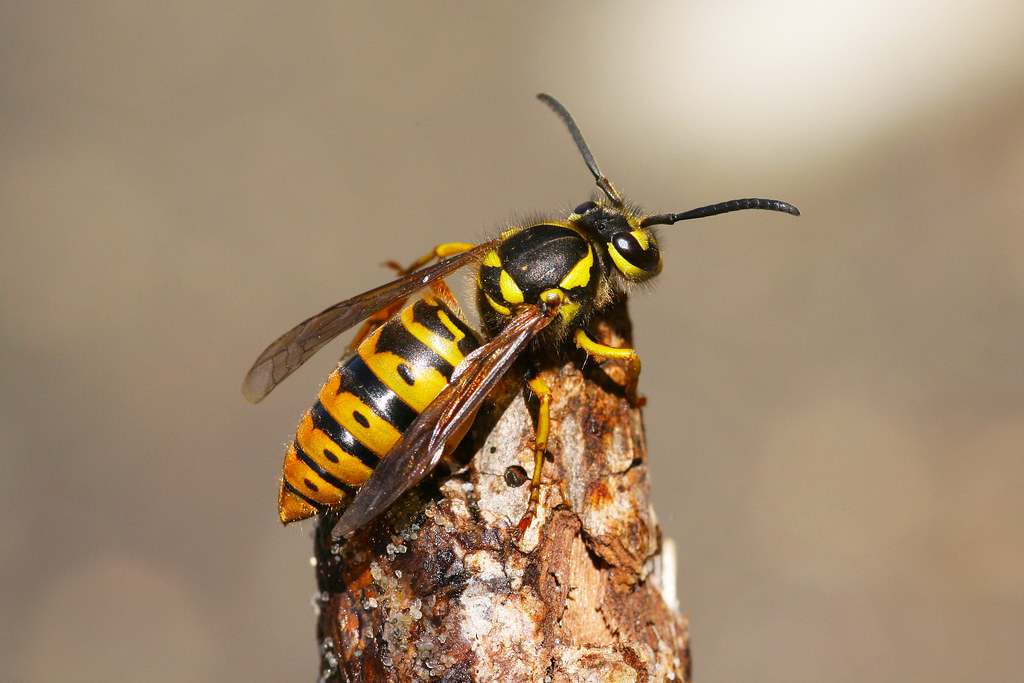
Yellow jackets are a type of wasp known for their distinctive black and yellow markings. They nest in the ground and are very aggressive protectors of their homes. Their stings can range from mild to intense pain, and the real danger is being swarmed and stung multiple times. Like other wasp stings, yellow jackets can cause deadly allergic reactions in some people.
Lone Star Tick
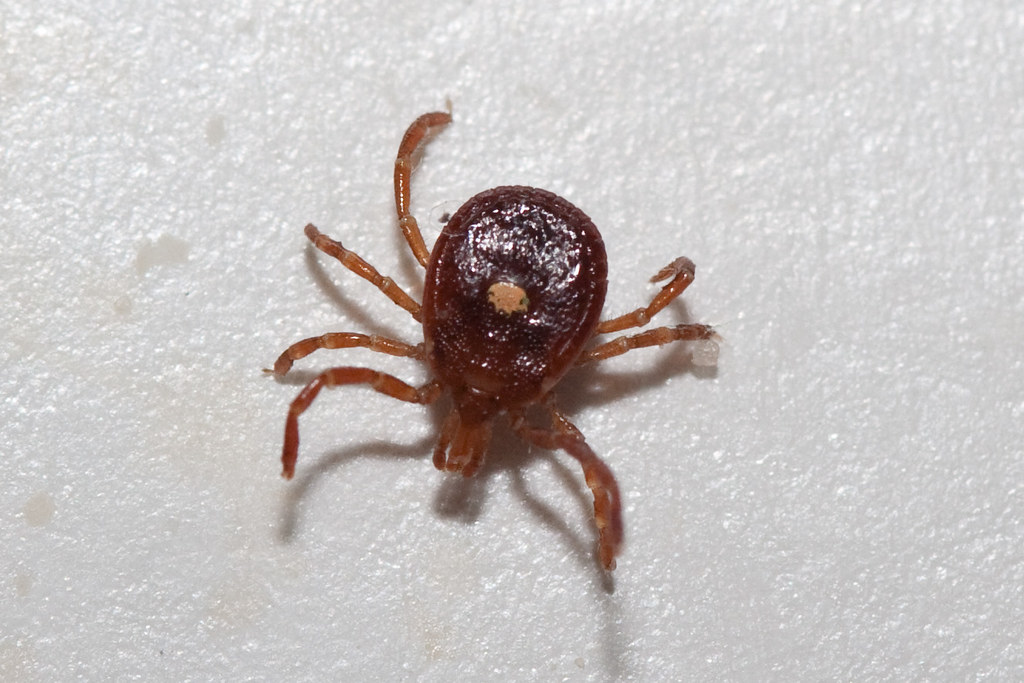
Often found in wooded areas in the southeastern and eastern US, the lone star tick is a notorious carrier of various diseases, including Rocky Mountain spotted fever. While it isn’t often a carrier of Lyme disease, the list of other horrible infections that can come from the lone star tick makes it one to always try to avoid. People who spend time in wooded or grassy areas should always check for ticks.
Africanized Honey Bee
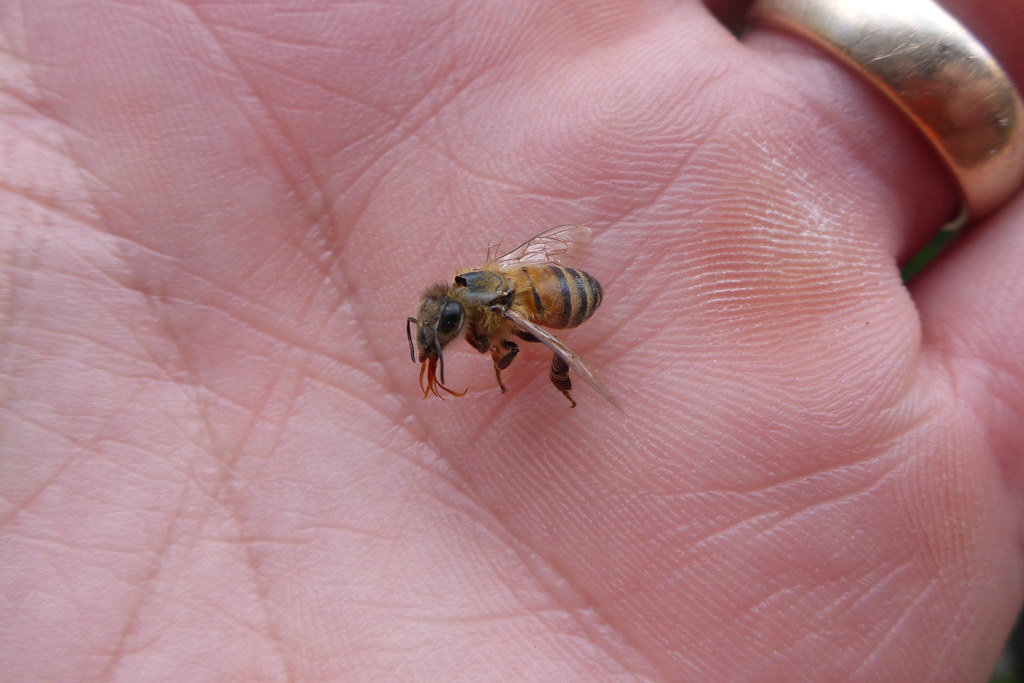
While “killer bees” may not have swarmed the country as aggressively as early news reports suggested they would, they are still encountered in the United States and can be deadly. They are incredibly aggressive and swarm in large numbers. Furthermore, their venom is much more potent than standard honey bees. These bees are actually a hybrid of western honey bees and East Afrian lowland honey bees. They were introduced in Brazil in the 1950s to increase honey production, but some swarms escaped into the wild.
American Dog Tick
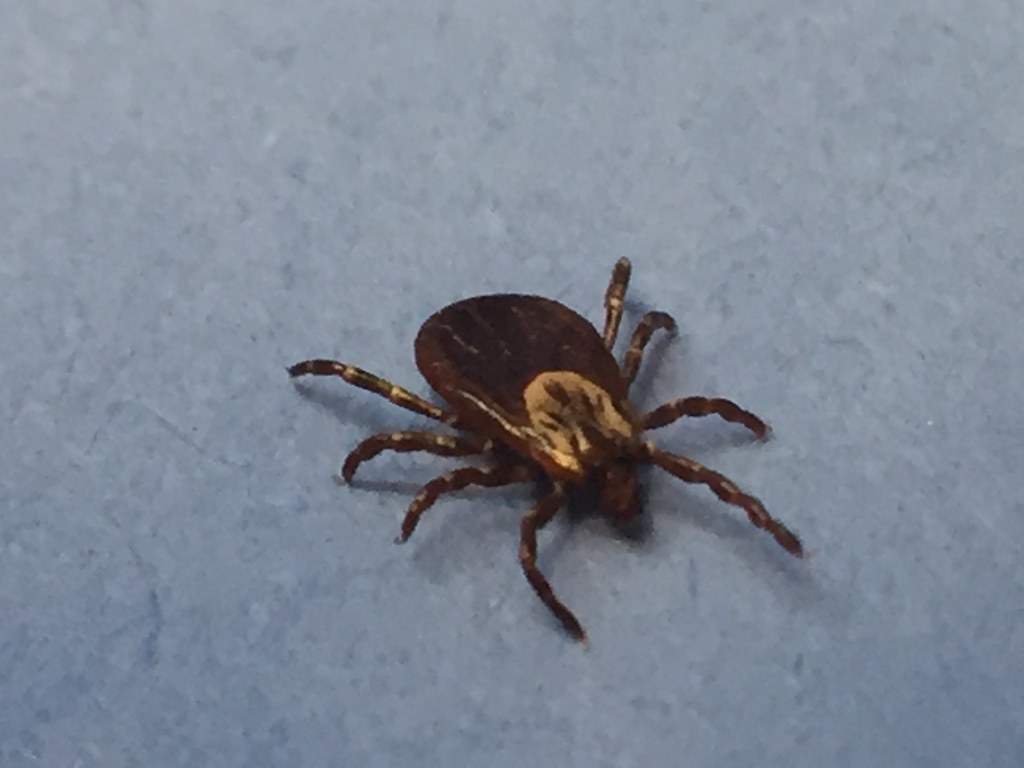
If you haven’t noticed yet, ticks are a problem. American dog ticks are known for Rocky Mountain spotted fever, tularemia, and other diseases. Like other ticks, these are found in grassy and wooded areas. They get their name because their bites have been known to paralyze dogs.
Arizona Bark Scorpion
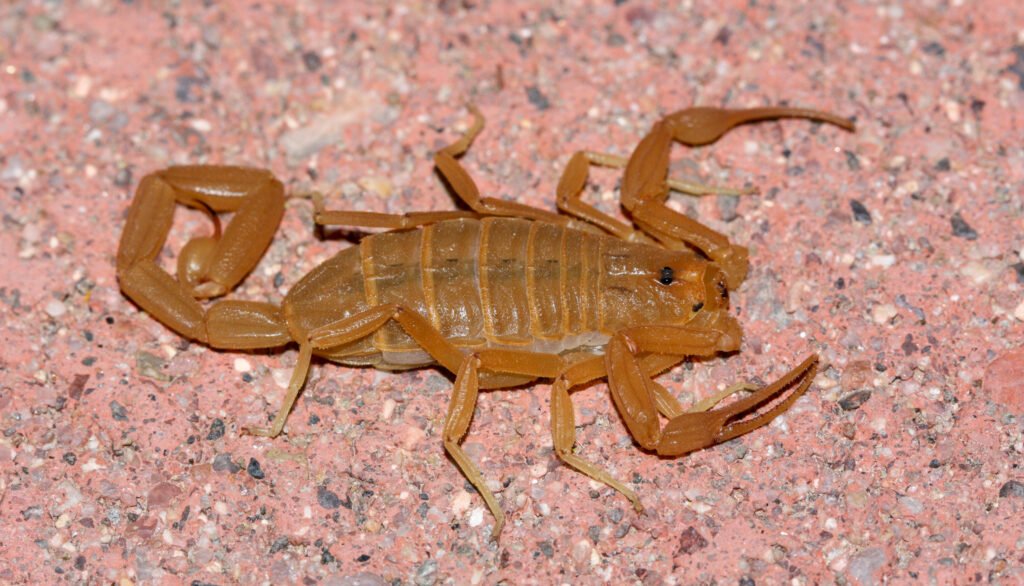
One of the most venomous scorpions found in North America, the Arizona bark scorpion is most commonly found in the southwestern United States. Their stings are incredibly painful and can cause swelling and numbness. Deaths are rare, but it is advised to seek medical attention. Like with wasp stings, the sting of a scorpion can cause severe allergic reactions in some individuals, possibly leading to death.
Read More: 10 Gift Ideas for the Outdoorsy Person in Your Life
Giant Desert Centipede
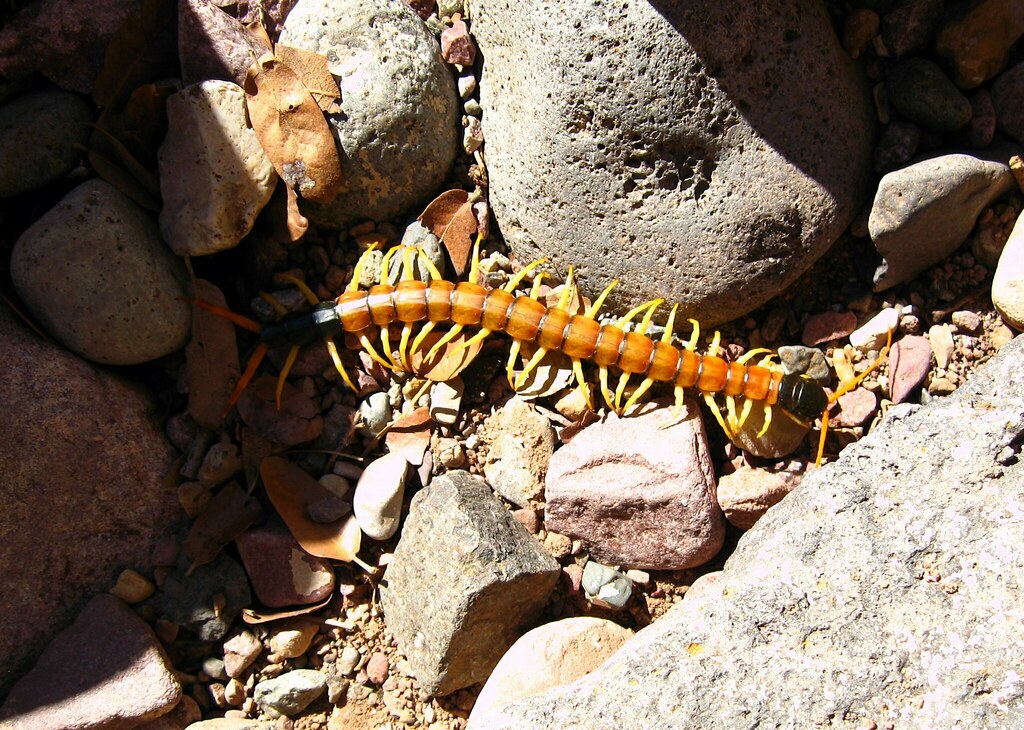
Not only are centipedes one of the most disturbing-looking insects, the giant desert centipede can deliver a venomous bite that can cause intense pain. Mostly found in the southwestern United States, these insects are best avoided. Like many venomous insect stings and bites, the real danger is the potential for severe allergic reaction and medical attention is always recommended for anyone who suffers a bite.
Read More: 8 Underwater Sites Even More Dangerous to Visit Than the Titanic
Saddleback Caterpillars
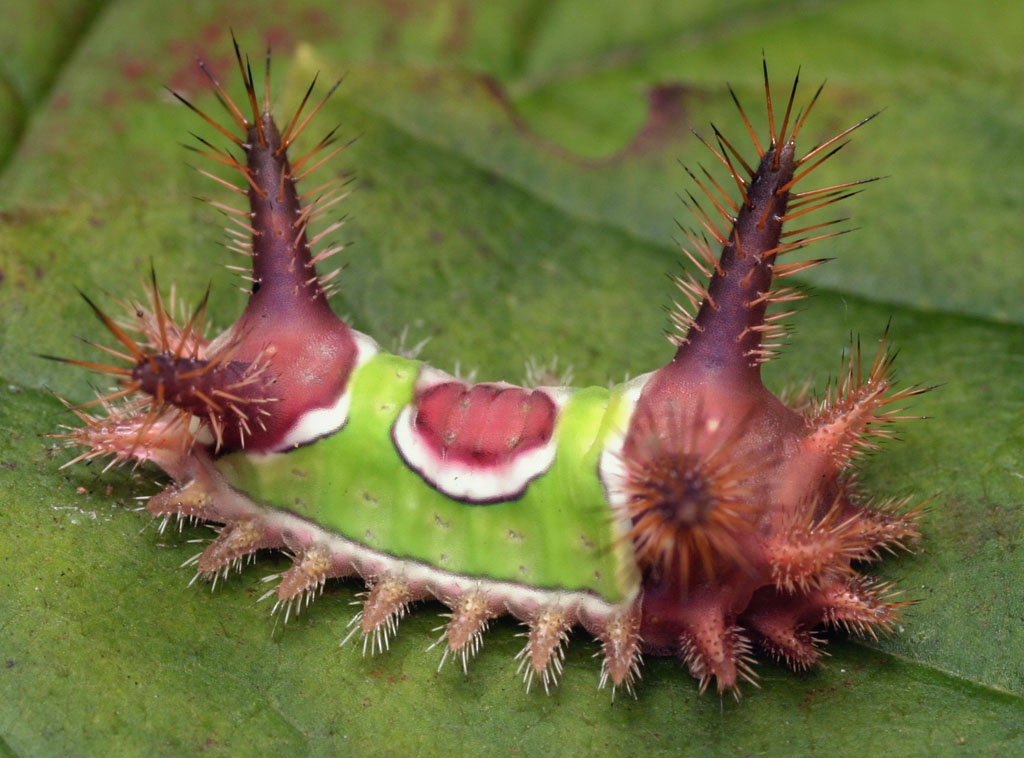
Often found on ornamental plants, gardeners are most likely to encounter the saddleback caterpillar. Spines along the caterpillar are incredibly fragile and release toxins when broken. If embedded into the skin, the toxins can cause many symptoms like difficulty breathing, anaphylactic shock, gastrointestinal symptoms and more. The stingers can also be hard to remove — applying and removing tape from the affected area is a common way to remove broken stingers.
Read More: 10 Essential Items to Pack for Your Next Adventure
Mosquitoes
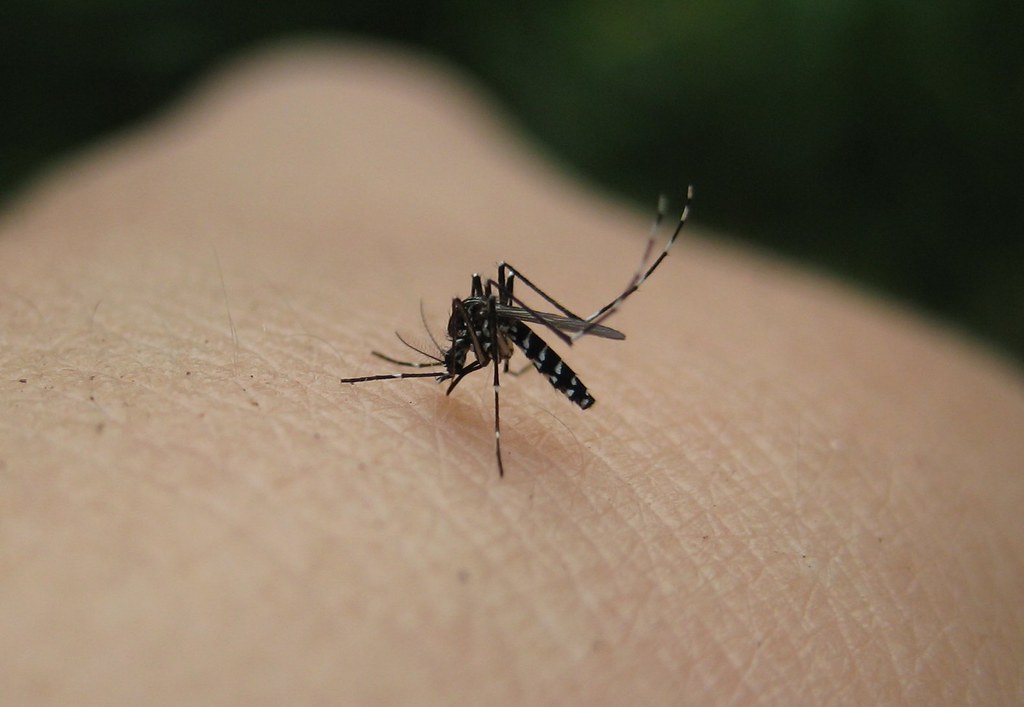
Mosquitos make more headlines than any other insect in the world. And the reason is clear: they carry tons of viruses and parasites that can be harmful or deadly to humans. Malaria, dengue, yellow fever, West Nile virus, chikungunya, eastern equine encephalitis… the list goes on and on. Different species of mosquitoes carry and spread different diseases, but ultimately they have earned the title of “most hated insect” in the world.
Read More: 15 Ways to Prevent Mosquito Bites This Summer
Fleas
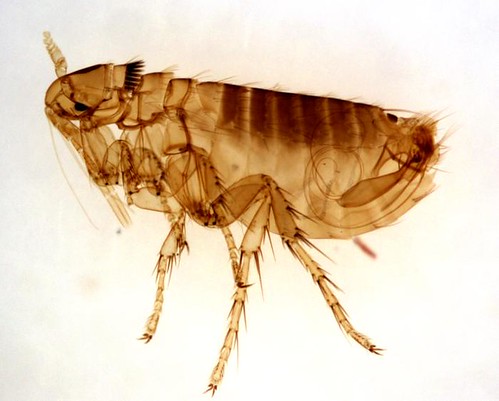
You may not think of fleas as often as mosquitoes, but these little buggers are known for spreading such horrible things like plague, cat scratch disease, typhus, and more. They can also transmit tapeworms. Flea infestations can be difficult to manage and usually require professional pest control services to clear.
Read More: 10 Destructive and Dangerous Insects Who Love Nesting in Homes







